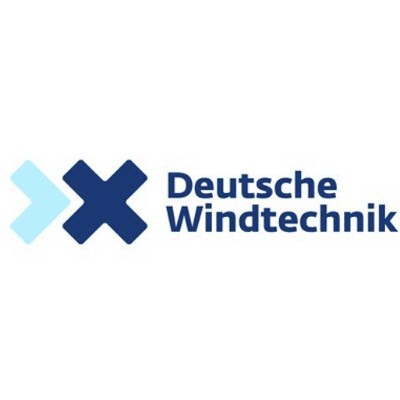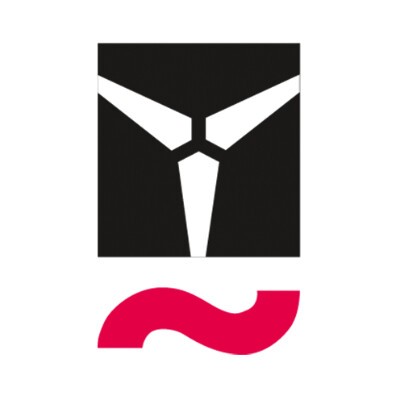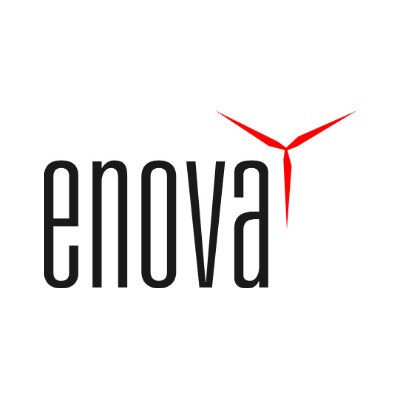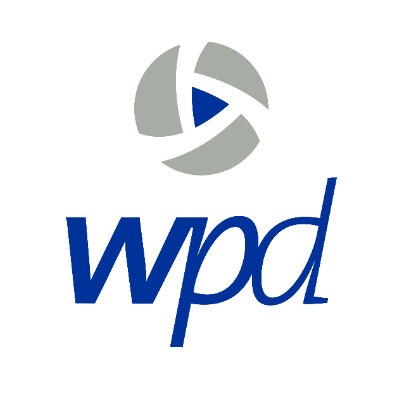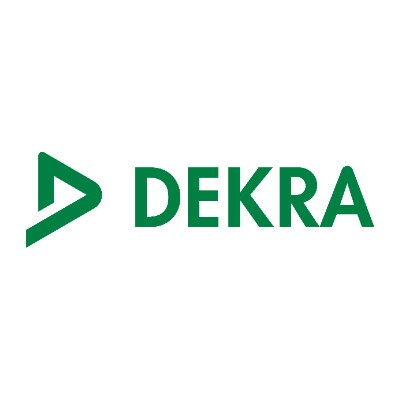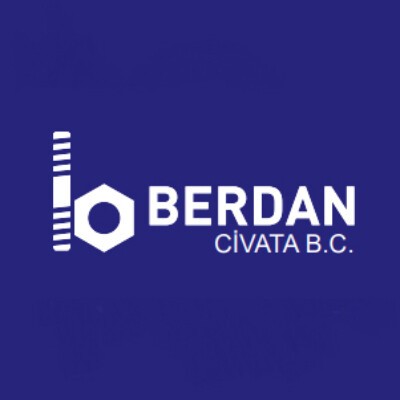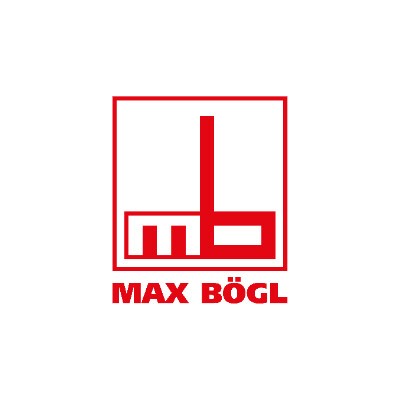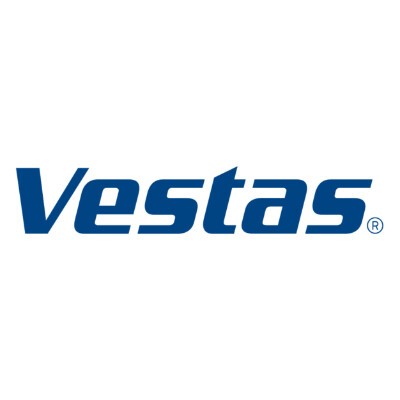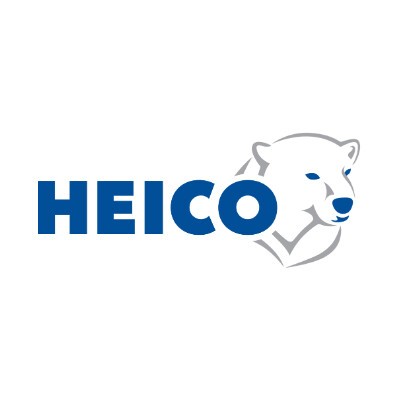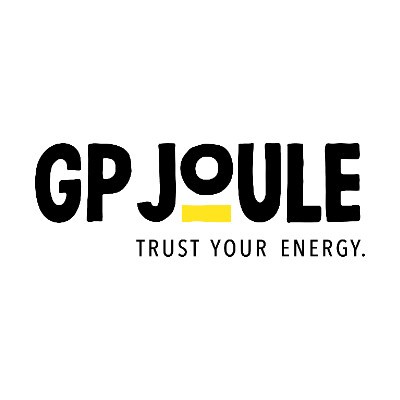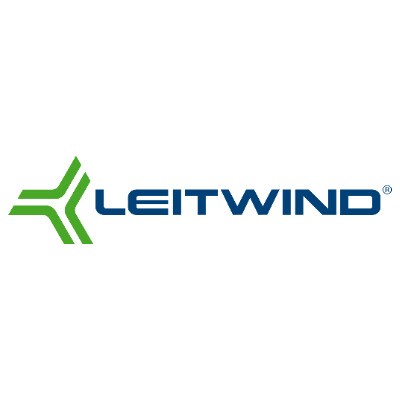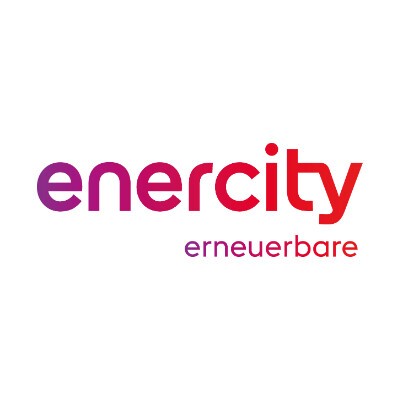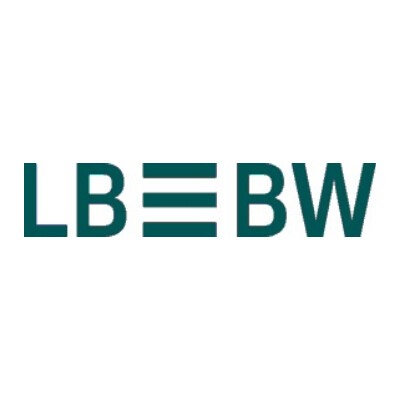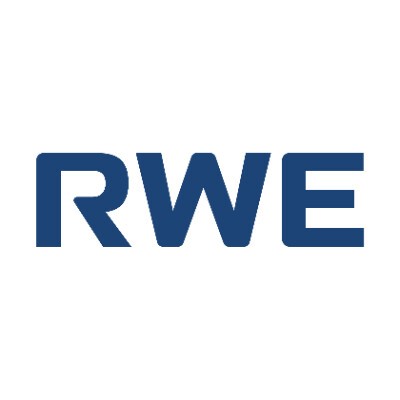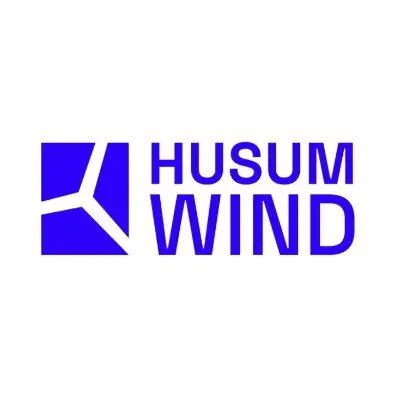Finden Sie, was Sie suchen, dank dem umfassendsten Branchenverzeichnis
Was Aussteller auf der HUSUM WIND 2025 präsentieren
Jetzt teilnehmen und gemeinsam mit uns die Energiewende mitgestalten.
HUSUM WIND – Die digitale Content Plattform für die erneuerbare Energie-Branche
⟩ 365 Tag im Jahr für Sie da
Ganzjährige relevante Inhalte rund um erneuerbare Energie
⟩ Umfassendes Branchenverzeichnis
Über 600 Firmen der erneuerbaren Energie-Branche
⟩ Innovationen, News & Veranstaltungen
Anbieter publizieren laufend neue Beiträge und Veranstaltungen
⟩ Ohne Aufwand immer am Ball
Personalisierter Newsfeed und automatische E-Mail Updates
